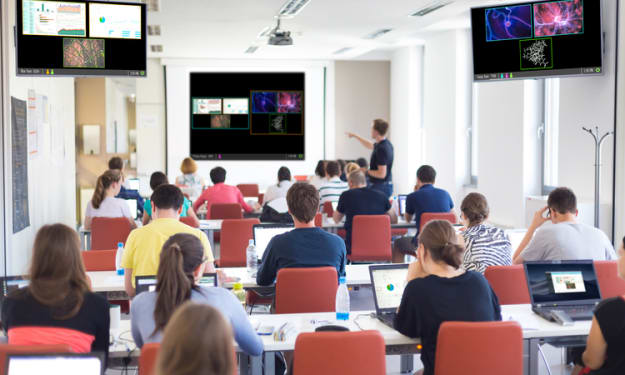Bridging Educational Gaps: The Story of Duolingo
Duolingo: Revolutionizing Education and Bridging Socio-Economic Gaps with Technology
Education is often heralded as the great equalizer, a means to bridge socio-economic divides and offer everyone a fair chance at success. However, this ideal doesn't always match reality. In many cases, especially in poorer countries, education can perpetuate inequality rather than alleviate it. The quality of education often hinges on financial resources, leaving those from less affluent backgrounds at a disadvantage. This harsh reality is poignantly illustrated through the innovative approach of Duolingo, which sheds light on how technology can democratize education and offer equal opportunities to all.
From Guatemala to Global Impact
Guatemala is a country that, like many others, faces significant socio-economic challenges. Located just below Mexico, this Central American nation struggles with poverty and limited access to quality education, much like its northern neighbor. In many poor countries, education can be a gateway to perpetuating wealth for the already affluent while keeping the poor in a cycle of deprivation. Recognizing this disparity, an initiative was launched to provide everyone with equal access to education.
The Birth of Duolingo
Addressing the broad and complex issue of education accessibility, the initiative started with a specific, high-demand area: foreign language learning. The rationale behind this choice was multifaceted. Firstly, there is a vast audience for language learning, with approximately two billion people globally engaged in learning a new language, predominantly English. Knowledge of English, in particular, can significantly enhance income potential in many parts of the world. Unlike subjects such as math, where the economic benefits are indirect and often long-term, language skills can provide immediate economic advantages. For instance, a waiter who learns English can work in a more lucrative environment, such as a hotel, thereby increasing their earning potential.
Understanding the limitations of traditional educational infrastructure, particularly in resource-poor settings, technology, specifically smartphones, was leveraged. Most of the world's population already has smartphone access, which is continually increasing. Thus, the concept of Duolingo was born: a mobile app designed to make language learning accessible to everyone.
The Freemium Model: A Form of Wealth Redistribution
To ensure that Duolingo was genuinely accessible, a freemium model was adopted. Users can learn as much as they want for free, with the trade-off of seeing occasional ads. Alternatively, they can subscribe to remove these ads. Interestingly, most of Duolingo's revenue comes from users in affluent countries like the US and Canada who pay to remove ads. In contrast, users from poorer countries, such as Brazil, Vietnam, or Guatemala, primarily use the free version. This model effectively facilitates a small wealth redistribution, with wealthier users subsidizing the education of those less fortunate.
Engaging Education: Gamifying Learning
One of the significant challenges in delivering education via smartphones is competing with highly addictive apps like TikTok and Instagram. To address this, Duolingo incorporates similar psychological techniques these apps use to keep users engaged. One such technique is the concept of streaks, which tracks the number of consecutive days a user engages with the app. This creates a compelling incentive for users to return daily to avoid breaking their streak. Additionally, Duolingo uses sophisticated AI to send personalized notifications, reminding users to continue their lessons without being overly intrusive.
A Vision for the Future
Duolingo's success in language learning paves the way for broader applications of its methods. The hope is that similar techniques can be employed to teach other subjects, particularly those requiring repetitive practice, such as math and elementary science. By gamifying these subjects, education can become more engaging and accessible, helping to bridge the educational divide.
Finally, Duolingo's journey from a simple idea to a global educational platform demonstrates the power of technology in democratizing education. By making learning accessible, engaging, and free for those who need it most, Duolingo exemplifies how innovative solutions can address deep-rooted inequalities and transform lives. As we look to the future, the model pioneered by Duolingo offers a promising blueprint for delivering high-quality education to all, irrespective of their socio-economic status.
About the Creator
Enjoyed the story? Support the Creator.
Subscribe for free to receive all their stories in your feed. You could also pledge your support or give them a one-off tip, letting them know you appreciate their work.






Comments
There are no comments for this story
Be the first to respond and start the conversation.